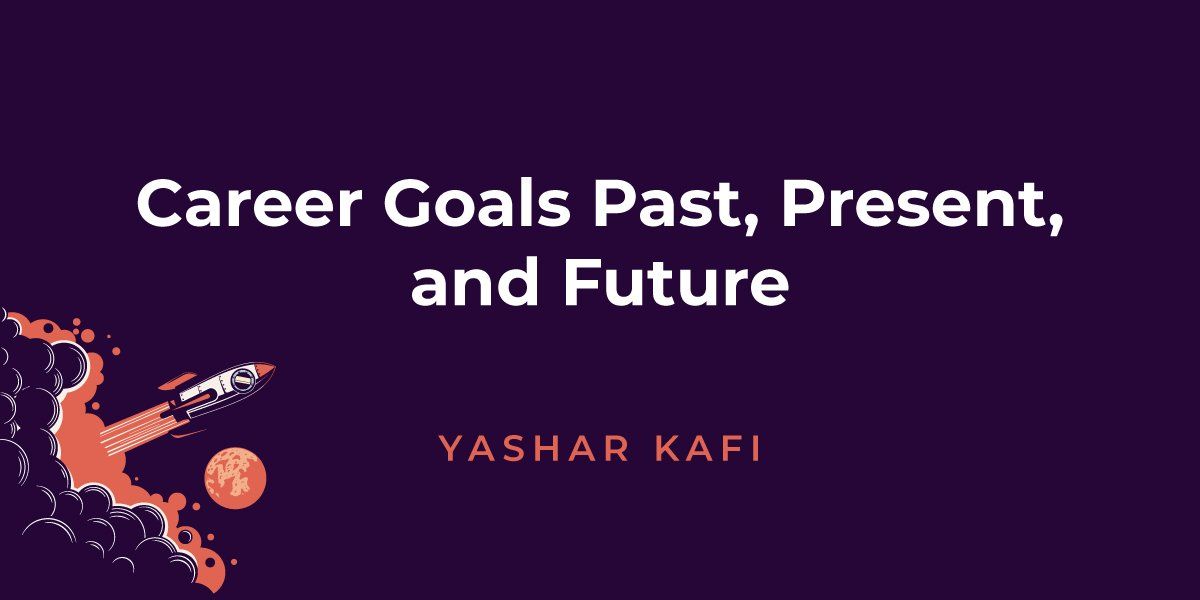Career Goals Past, Present, and Future
A good manager will have a finger on the pulse of today’s trends in the workplace. This includes being aware of and having a deep and working understanding of the current career goals of modern workers so they can continue to connect with and inspire every generation.
In older generations, we saw people working their whole lives at one job, climbing the ladder to get the position they want, and retiring—regardless of how happy it made them. The focus was more on success and maintaining the status quo. To be honest, I still watch my friends and colleagues do this. I have to wonder: what is it all for?
Now, younger and upcoming generations—like millennials and Gen Z—are carving their own paths to pursue happiness and fulfillment.
Baby Boomer Career Goals and Statistics
The baby boomer generation (born from 1946–1964) is often characterized by a strong work ethic and being disciplined and goal-oriented. This generation tends to focus on the straight career path ahead, so they tend to hop around from job to job far less than younger generations today.
They are also not retiring early, as they define themselves by their jobs, drawing much of their worth around attaining their idea of success. Baby boomers tend to be more rigid about what is suitable in the workplace, which leaves many of them resistant to change, such as the recent remote working model. Several years ago the start of “Casual Fridays” may have even been a stretch.
Baby boomers are a generation raised to value hard work and productivity. After all, they were raised on the American Dream, where however hard you worked allowed you to “succeed.” The ethos did not focus on the happiness you get from your career, but rather on stability and the stuff you could buy and do outside of your 40 hours.
Generation X Career Goals and Statistics
Generation X, also known as the forgotten generation, represents those individuals born between 1965 to 1980—a group that sometimes gets lumped in with baby boomers but is quite different. For instance, did you know they’ve founded over half of startups (55%), which shows their desire to be more adventurous and entrepreneurial than their predecessors?
They’re also among the first to begin to embrace social media, with 81% of them reportedly having Facebook accounts and spending an estimated average of seven hours a week on social media. Some embrace change and forward motion like the millennial, while others hold onto more boomer-esque mentalities from before. It’s a generation on the fence that has paved the way for more experimentation, albeit in measured degrees.
Millennial Career Goals and Statistics
Millennials might be the most stereotyped generation—avocado toast and job jumping, anyone?
One study found that only 57% of millennials are satisfied with their current pay, and only 29% of millennials are engaged at work. So, what changed?
The trend is that millennials and following generations are asking themselves the hard, reflective questions that many of my peers never did: Am I happy? And if not, should I make a change to pursue a happier, better fit? And they are doing just that while enjoying avocado toast at hipster coffee shops and cafes.
How Does Gen Z Fit Into the Mix?
So, if millennials were the generation that first opened the door to job-hopping being acceptable and common, you could say that Gen Z has picked up on that in a big way. Essentially, millennials walked so Gen Z could run—or hop—from one job to another.
But does this mean that they are slackers? Not necessarily. It could indicate that they are unwilling to sacrifice happiness for a job they do not find fulfilling, and their measurement of success spans beyond the earlier generation’s scope, which was limited to salary. Also, the current unemployment and economic situations don’t foster stability.
So, what does this indicate for where we are headed next? I believe the Great Resignation and reshuffling has already shown us what’s in store, with more and more workers asking themselves what matters. How do I measure success and happiness? And how (if at all) is my job currently contributing to attaining this success and happiness. If the jobs don’t fit the bill, we will see more job-hopping.
Do you want to thrive while navigating whatever comes next in workplace trends? We are here to help. Reach out to us today.




